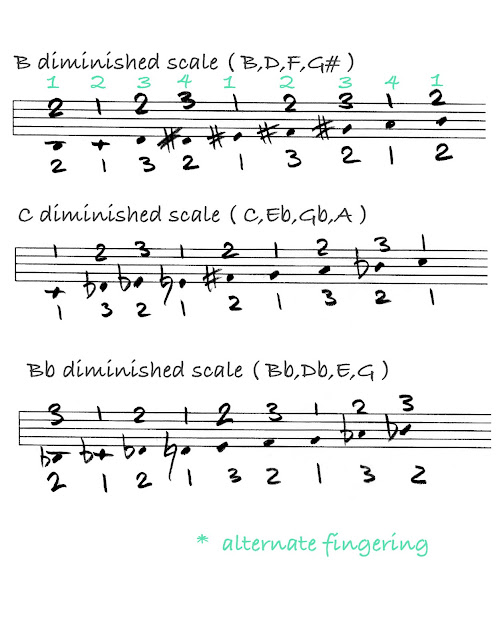Jazz theory people talk about TWO kinds of diminished scales. Both scales alternate HALF-STEPS with WHOLE-STEPS, but one of them starts with a halfstep and the other starts with a wholestep. Take your pick on how to name each of those scales, but how you think about the scale defines how you can use it. They really are just the same set of pitches just starting in a different place in the sequence. And it's such a symmetrical scale that you can start from any one of 4 different notes and generate exactly the same scale, which means there are really only THREE different sets of notes.
For improvising over Diminished Seventh Chords, the Whole-Half Scale makes sense, while improvising over Dominant Seventh Chords ( especially with alterations), the Half-Whole makes sense because all of the notes in the scale are customary jazz dominant-7 alterations. (b9,#9,#11,13)
When the Diminished-7th Chord is functioning as a Dominant-7th chord in disquise (which is almost always), one can just think of that related Dominant-7th chord instead, then use the appropriate Half-Whole scale for improvising. Note, that eventually this all becomes intuitive and an aural decision that you make while playing, but it is helpful to think hard about it when learning to improvise. Here's an example, to clear that up --
A Cdim7 chord can function as a B7(b9) chord ( the two chords almost sound identical!). So if you visualize the B7 and play the Half-Whole scale from B, you will be automatically playing the Whole-Half scale from C. The Cdim7 will function just like the B7(b9) in its quality of sound and where it resolves.
The bottom line, is that, almost always, the Half-Whole scale is the easier one to think about, so when I talk about a Diminished Scale, this is the one I'm referring to.
But this post was intended to be about fingering. Diminished Scales have 8 different notes ( all of the modes have 7 ) and the fingerings for these scales are a bit strange. With the exception of one alternate fingering that I show, all of the scales are most comfortably played using 3 fingers only. ( I have read that Art Tatum only used 3 fingers for all of his dazzling runs, so, at least for some, it's not a handicap!).
And a little more theory that ties everything together......
Notice that in the first scale, the B diminished scale is identical ( the same notes!) to the D, F and G# diminished scales. This scale would fit nicely over altered B7, D7, F7 or G#7 chords when improvising.
It would also fit nicely over C, D#, F# and A Diminished 7th Chords - ANY of those 4 diminished Seventh Chords can function, and usually do, as the original 4 Dominant 7th Chords B7, D7, F7 and G#7. And so it all ties together. The Diminished 7th chord equivalents are ALL 1/2 step up from the Dominant 7th chords.
Clare Fischer's compositions and arrangements often make brilliant use of sounds that come out of the Diminished Scale, harmonically and melodically and, by the way, he is a fabulous pianist.



Thank you for this explanation and your affirmative voice!
ReplyDeleteMost helpful.
This comment has been removed by the author.
ReplyDeleteThank you.... very interesting 🎵🎶👍
ReplyDelete